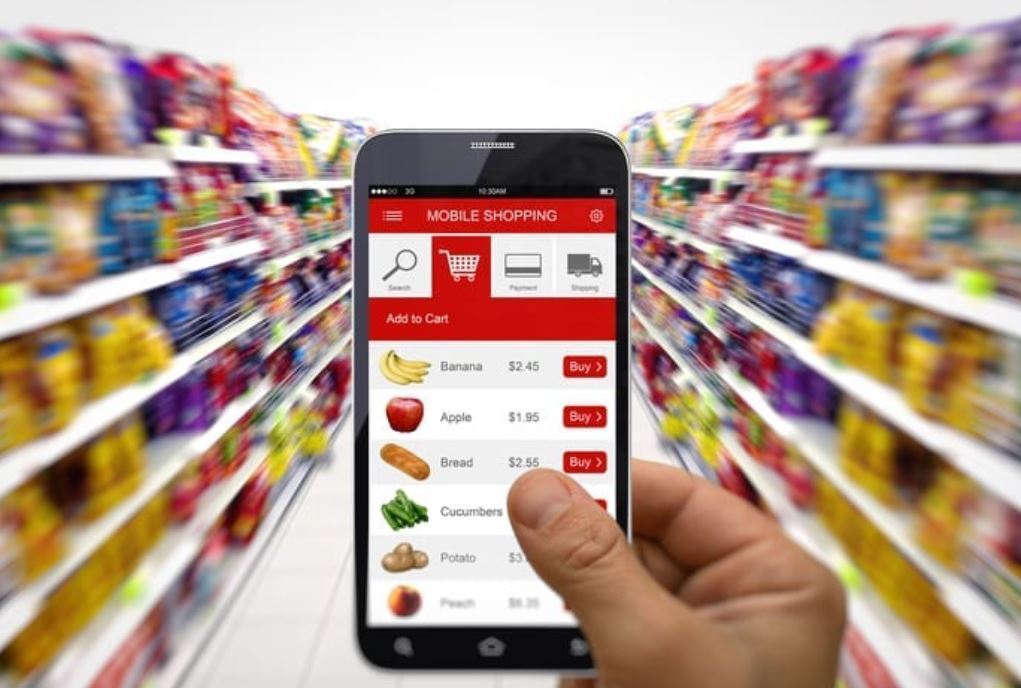
During the pandemic, Vietnam's e-commerce recorded an impressive growth of 18%, and market value reached $11.8 billion, accounting for 5.5% of the total retail sales of goods.
According to a report by Adsota and SOL Premier, e-commerce platforms in Vietnam recorded a growth rate of 41% of new users. Up to 91% of the new users have decided to continue using these e-commerce platforms even after the pandemic ends. With such impressive growth, Vietnam’s e-commerce has becomed an attractive market in Southeast Asia.
A report from the Vietnam E-commerce Association (VECOM) showed that in 2020, Vietnam's e-commerce revenue reached about $13.2 billion, with a growth rate of 15%.
Google, Temasek and Bain & Company also predicted the average growth rate in the period 2020 - 2025 will be 29%, while by 2025, the scale of Vietnam’s e-commerce market could reach $52 billion.
The behavior of Vietnamese consumers has seen changes amid the pandemic. Direct shopping activities at supermarkets, shops or wet markets decreased, and instead, more shopping activities were done at home.
The year 2020 also witnessed strong growth of online shopping activities in many categories of goods, particularly essential items (especially food and personal care with an increase of 45.9%), Internet services, housing and utilities, and healthcare.
Contrary to this trend, spending on beauty and entertainment products/services plummeted, due to strict social distancing measures put in place by localities.
The impact of the pandemic has pushed shopping activities more on online platforms. Not only shopping online, users also take advantage of social networks and search engines to research and compare products before making a shopping decision.
Adsota cited a research report by Google showing that up to 83% of Vietnamese carefully research online products before making decisions, of which 69% use Google.
Notably, according to experts, consumers' price sensitivityid no longer a leading factor in making decisions. Consumers tend to save more, but instead of choosing cheap products, they are interested in products with good quality and those that are good for health, said Adsota.
For example, according to the survey, for food items, more than 60% of Vietnamese households use sugar-free or less-sugar beverages. Dairy-free or dairy-free alternatives are also growing in popularity, such as “nut milk,” a nut-based beverage that is said to be more heart-healthy than regular milk.
Meanwhile, price remains one of the important factors for electronic goods. However, customers will "spend money" for this kind of good if it has high quality and is a long-standing reputable brand.
Duy Vu

VN e-commerce platforms may lose home ground
Vietnamese businesses need to prepare and move ahead to win the e-commerce race.

The fatal weakness of e-commerce
Many e-commerce firms still hold a traditional business mindset that does not keep up with the 4th industrial revolution as the companies lack interactions with customers.